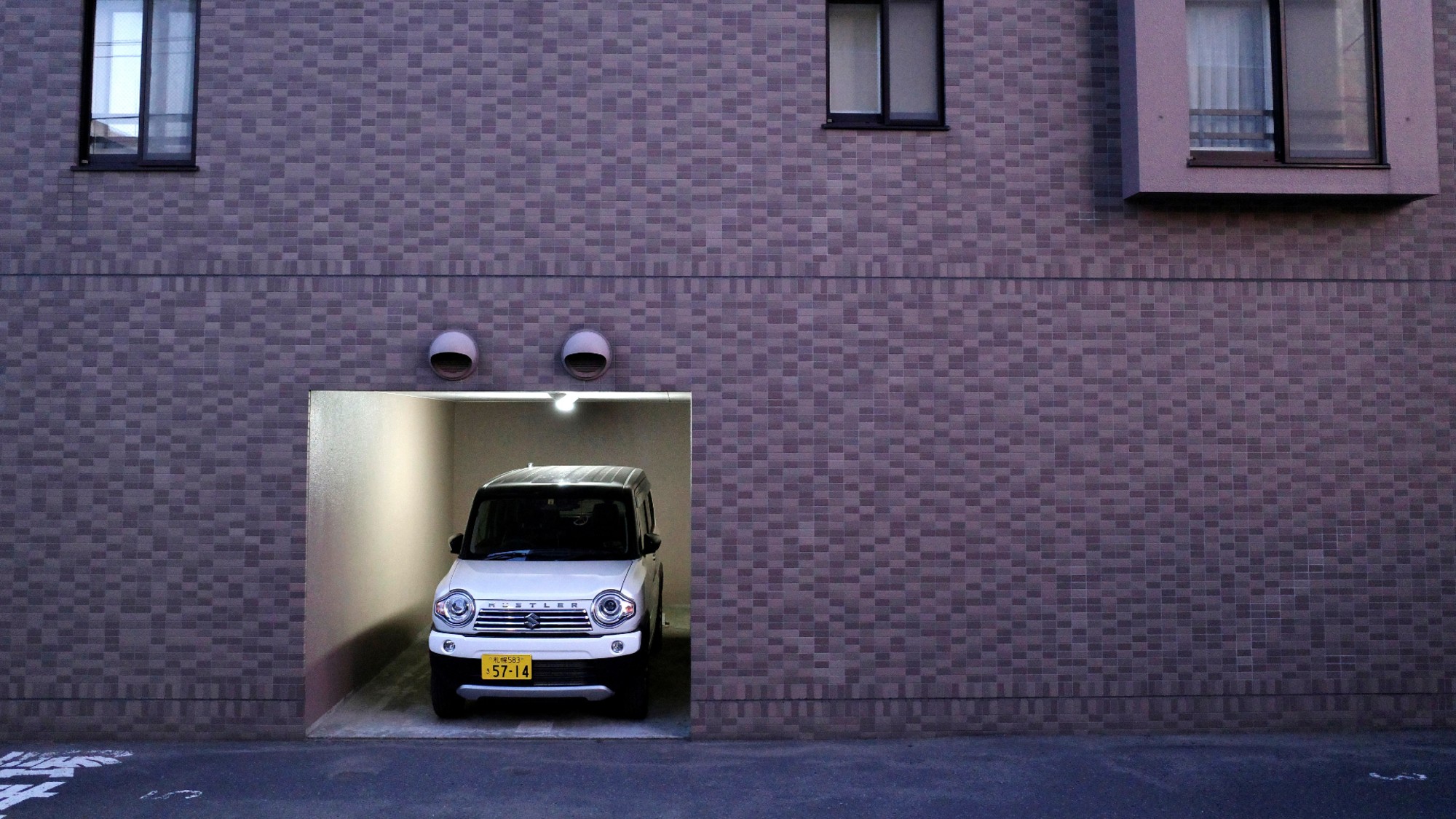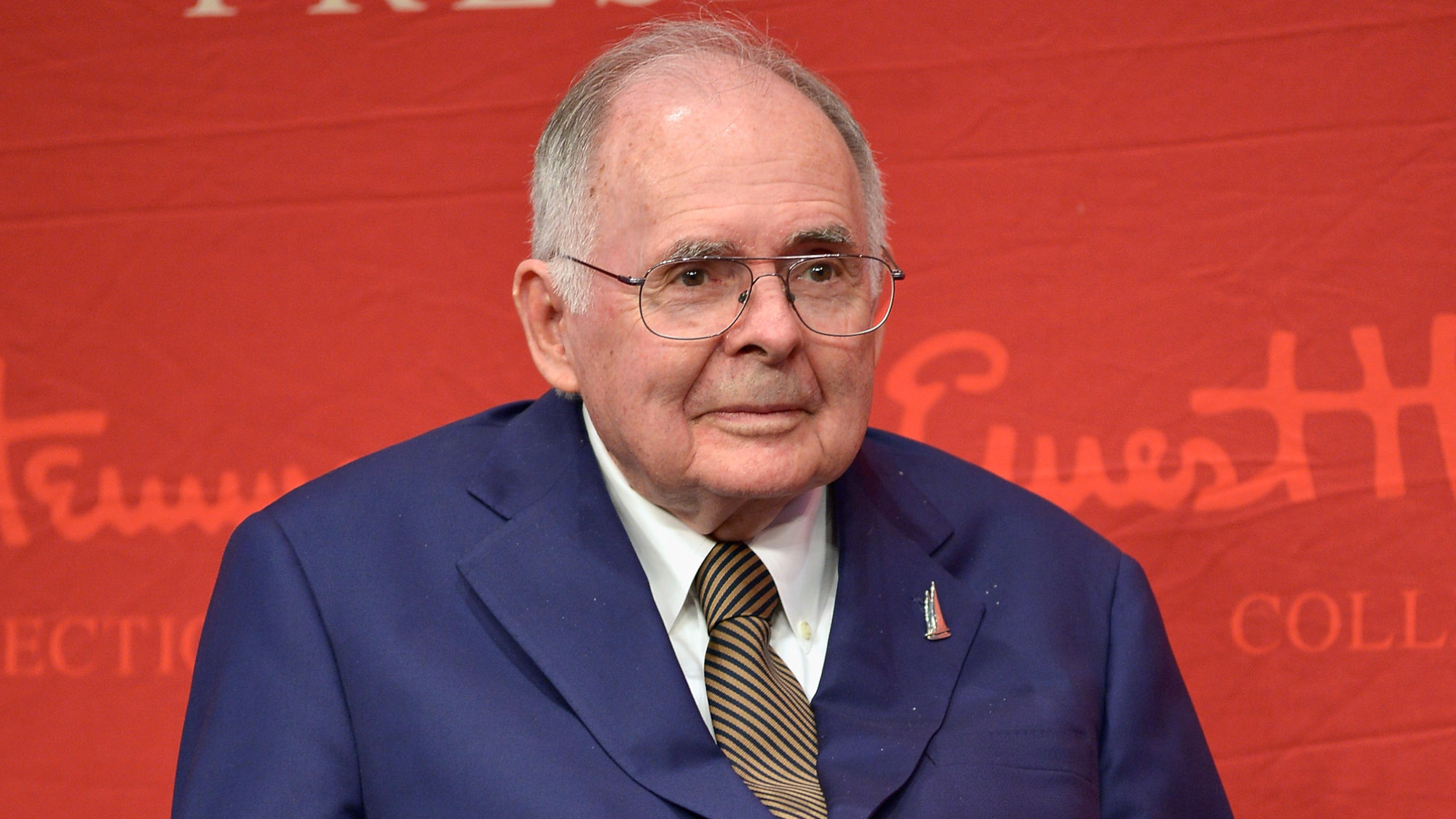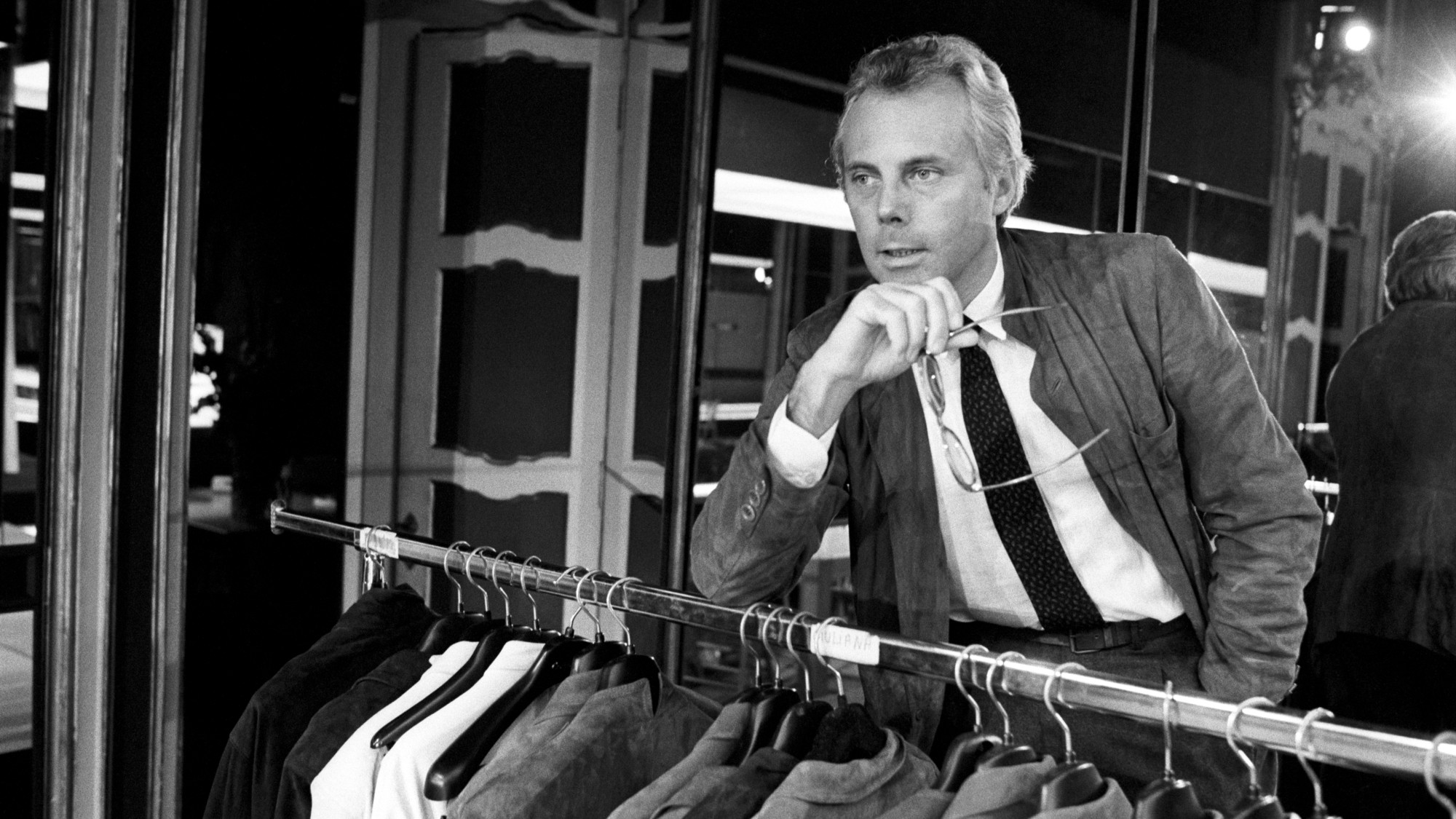Niels Diffrient, 1928–2013
The designer who wedded form to function
If you’re sitting in a comfortable chair, you probably owe a word of thanks to Niels Diffrient. The American industrial designer was a pioneer in the field of ergonomics, making products designed to fit the human body. While many of his contemporaries prioritized form over function when designing seating, Diffrient used X-rays to study how human spines bend in seated positions, and based his blueprints on how people actually sit—or ought to. “Why would you design something,” he once asked, “if it didn’t improve the human condition?”
Born on a Mississippi farm, the young Diffrient showed a talent for product design, said The New York Times. “He had two books, the Sears Roebuck catalog and the Bible,” said his wife, Helena Hernmarck. Diffrient would spend hours sketching his own versions of Sears’s products, and later earned a place at Michigan’s Cranbrook Academy of Art. While studying, he worked as an assistant to renowned Finnish architect Eero Saarinen, with whom he collaborated on designing modernist chairs for furniture-maker Knoll.
The “defining moment” of Diffrient’s career came in 1955, when he joined the firm of industrial design giant Henry Dreyfuss, said FastCompany.com. “Dreyfuss introduced me to ‘human factors engineering,’” he said. “It’s now called ergonomics. We worked on making the machines fit people.” He helped design the sleek Princess telephone, the interiors of American Airlines jets, and the Polaroid SX-70 camera, which could be collapsed to fit in a jacket pocket. After leaving Dreyfuss in 1981, Diffrient focused on the office chair, said ArchitecturalRecord.com. Despairing that most ergonomic seats required users to “read a 20-page manual” before operating the various knobs and levers, he designed the Freedom Chair, which “senses the weight of the user and automatically adjusts to provide optimal support.”
The Week
Escape your echo chamber. Get the facts behind the news, plus analysis from multiple perspectives.

Sign up for The Week's Free Newsletters
From our morning news briefing to a weekly Good News Newsletter, get the best of The Week delivered directly to your inbox.
From our morning news briefing to a weekly Good News Newsletter, get the best of The Week delivered directly to your inbox.
Despite Diffrient’s career-long focus on function, he admitted to being a “sucker” for beautiful objects. His living room boasted several modernist chairs that he thought had been designed solely for visual affect. “I hardly ever sit in them,” Diffrient said. “I sit in a comfortable chair and look at them.”
A free daily email with the biggest news stories of the day – and the best features from TheWeek.com
-
 Russia’s ‘weird’ campaign to boost its birth rate
Russia’s ‘weird’ campaign to boost its birth rateUnder the Radar Demographic crisis spurs lawmakers to take increasingly desperate measures
-
 Could smaller cars bring down vehicle prices?
Could smaller cars bring down vehicle prices?Today’s Big Question Trump seems to think so, but experts aren’t so sure
-
 2025’s most notable new albums
2025’s most notable new albumsThe Week Recommends These were some of the finest releases of the past year
-
 Frank Gehry: the architect who made buildings flow like water
Frank Gehry: the architect who made buildings flow like waterFeature The revered building master died at the age of 96
-
 R&B singer D’Angelo
R&B singer D’AngeloFeature A reclusive visionary who transformed the genre
-
 Kiss guitarist Ace Frehley
Kiss guitarist Ace FrehleyFeature The rocker who shot fireworks from his guitar
-
 Robert Redford: the Hollywood icon who founded the Sundance Film Festival
Robert Redford: the Hollywood icon who founded the Sundance Film FestivalFeature Redford’s most lasting influence may have been as the man who ‘invigorated American independent cinema’ through Sundance
-
 Patrick Hemingway: The Hemingway son who tended to his father’s legacy
Patrick Hemingway: The Hemingway son who tended to his father’s legacyFeature He was comfortable in the shadow of his famous father, Ernest Hemingway
-
 Giorgio Armani obituary: designer revolutionised the business of fashion
Giorgio Armani obituary: designer revolutionised the business of fashionIn the Spotlight ‘King Giorgio’ came from humble beginnings to become a titan of the fashion industry and redefine 20th-century clothing
-
 Ozzy Osbourne obituary: heavy metal wildman and lovable reality TV dad
Ozzy Osbourne obituary: heavy metal wildman and lovable reality TV dadIn the Spotlight For Osbourne, metal was 'not the music of hell but rather the music of Earth, not a fantasy but a survival guide'
-
 Brian Wilson: the troubled genius who powered the Beach Boys
Brian Wilson: the troubled genius who powered the Beach BoysFeature The musical giant passed away at 82